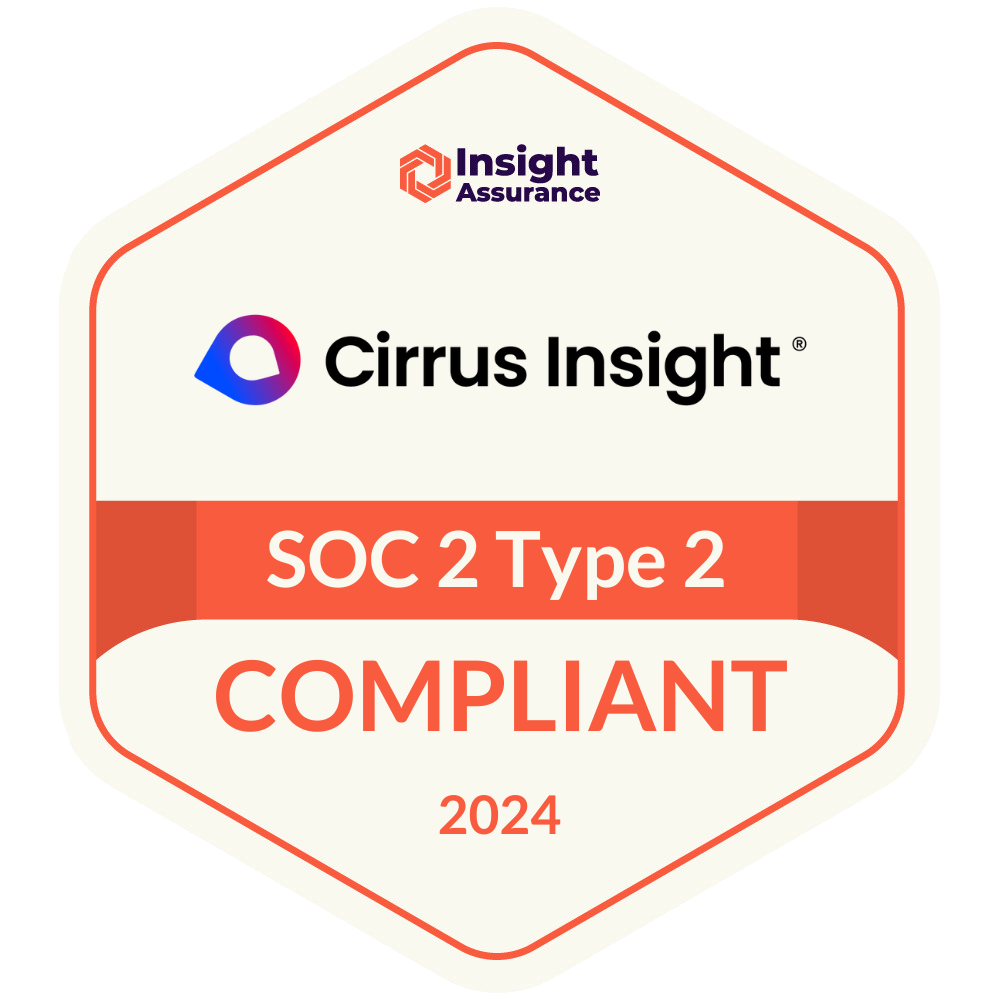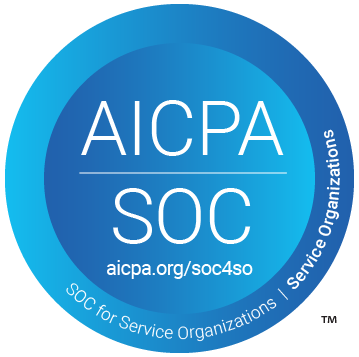- Solutions
-
Products
-
Resources
Sales Automation Tools | Cirrus Insight by Kristi Campbell View all Blog Posts >Get the App, Get the Sidebar, & Get Your Trial Going HereUnleash limitless growth opportunities by partnering with Cirrus Insight.
- Pricing
Filter By:
- All topics
- Sales Productivity
- Sales Intelligence
- Salesforce
- Sales Strategy
- Sales Prospecting
- Book More Meetings
- Best of
- Company News
- Product
- Sales Leadership
- CRM Admininstration
- Sales Metrics
- Supercharge Sales Activity
- Team Scheduling
- Admin
- serious insights
- Prospect Smarter
- Sales Activity Data
- Sales Forecasting
- Scheduling Solutions
- Prospect Faster
- Auto-Sync Everything To Your CRM
- Chrome
- Comparison
- Financial Services
- For Admins
- Getting Started
- IT & Security
- outlook
Subscribe to our Blog for the Latest Insights
Join our blog community to stay informed and receive fresh content and actionable tips directly in your inbox.
5 of Microsoft's Biggest Successes
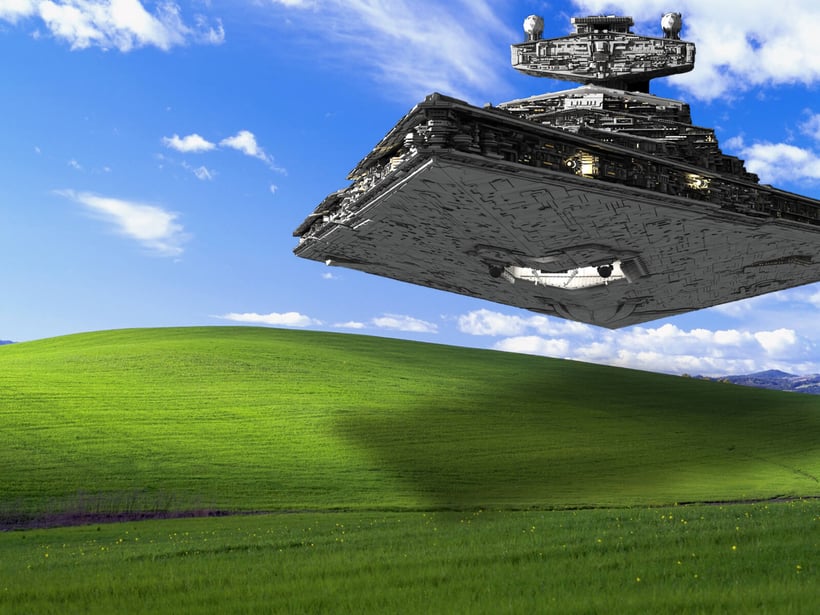 Microsoft has become a titan of the world’s software scene. Outlook and Office have become mainstays of business life. So much so, we knew we had to make Cirrus Insight for Outlook.
Microsoft has become a titan of the world’s software scene. Outlook and Office have become mainstays of business life. So much so, we knew we had to make Cirrus Insight for Outlook.Outlook and Salesforce integration is now better than it has ever been before with Cirrus Insight. We threw in email tracking, and Salesforce email template merging for good measure, while also making sure you’d never have to use BCC to Salesforce again.
Last week, we looked back at some of Microsoft’s biggest mistakes (Bob alone could have been a whole article), but this week we want to look back at 5 of Microsoft’s biggest wins. These are products you’ve likely used and remember fondly. Let’s look at how well they did and the stories behind them.
Windows 95
Codename Chicago, Windows 95 launched with $300 million marketing campaign with people such as Jay Leno and the Rolling Stones putting their weight behind the product. The software launch was made into a cultural event long before Apple and Google came to the forefront.
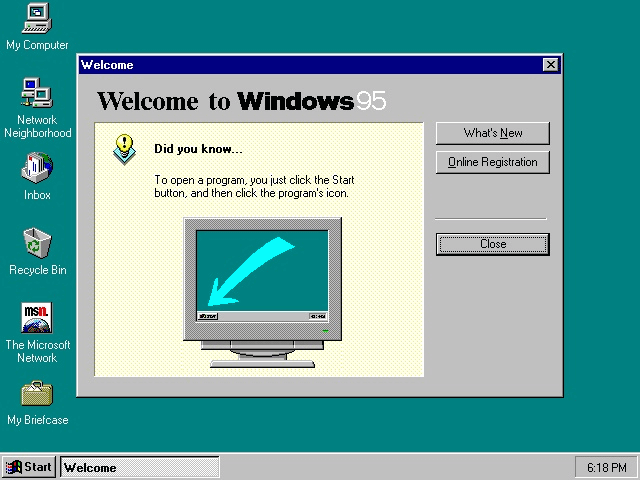
Everything from the start button to the style of navigation considered typically for an operating system started with Windows 95. This was the software that cemented Microsoft as the operating systems for computers to be using at the time.
It originally shipped with Internet Explorer only in the special Microsoft Plus! package, and instead had Microsoft’s dial-up online service, The Microsoft Network. However, all updated versions allowed for Internet Explorer. To update people had to buy service packs on disc, since online updates had yet to become the norm.
Windows 95 stayed in the market until 2001. Plenty of time for it to have a permanent impact on computing.
Microsoft Office
Microsoft Office can be seen as initially starting with it’s first Word processor for MS-DOS in 1983 that had two notable features. It could bold, italic, and underline formatting on-screen and it worked with a mouse. Things we take for granted today.
Microsoft Office came into the picture as an application suite in 1990 with Word, Excel, and Powerpoint. While those programs continue to be the backbone of Office, Access, Outlook, and OneNote have all become major components as well, along with a host of other applications.
In fact, Microsoft spent $1.375 billion to acquire Visio in 2000 as a diagramming software to go as an Office add-on. It’s a lesser known flowchart application, but it’s still sold, and become a part of Office 365.
Today, Office dominates the productivity suite market. Competition from Apple software and Google Apps has arisen, but nothing has come close to the popularity of Office.
Xbox Consoles
Xbox has had its ups and downs, primarily the Red Ring of Death fiasco that ended up costing the company over a billion dollars. Xbox 360s would easily overheat and die. Later models fixed the issue, but the damage was done.
However, it’s also become a major player in the video game console market going head to head with Sony and Nintendo. The Xbox 360 has sold over 77.2 million consoles worldwide. Xbox Live is widely the considered the most robust online platform and has over 48 million members. Halo, the flagship series of Xbox, has surpassed over $4 billion in sales, and will continue to sell more with the launch of Halo 5 later this year.
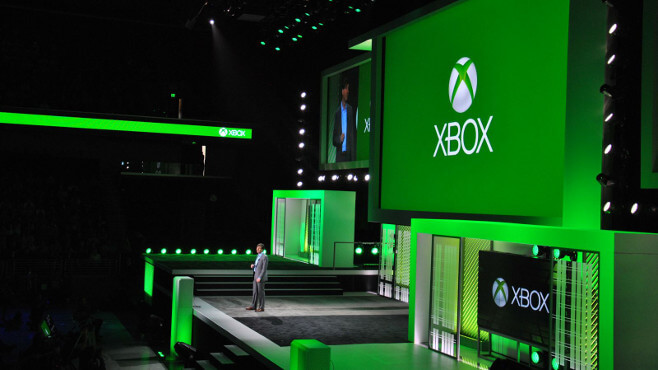
There was a lot of different ideas flying around Microsoft when they first decided to launch the console. They originally wanted to target casual gamers, and debated big ideas such as giving away the console for free or flat out buying Nintendo. They did buy Rare, the company behind several hits on Nintendo’s console, to help produce big games, and later their most popular Kinetic games. Overall, they ended up targeting the core gamer demographic, and have continued to have success with the brand.
Windows XP
MS-DOS was Microsoft’s first operating system. To compete with Macintosh and its mouse-controlled graphical interface, Microsoft launched Windows 1.0 to run on top of MS-DOS. PCs and Windows became more powerful, but they were still running on top of MS-DOS. Until Windows XP.
Windows XP launched in 2001 and had the best features of all of Microsoft’s past operating systems. An estimated 400 million copies of XP were sold globally in its first five years, and over a billion were sold by April 2014.
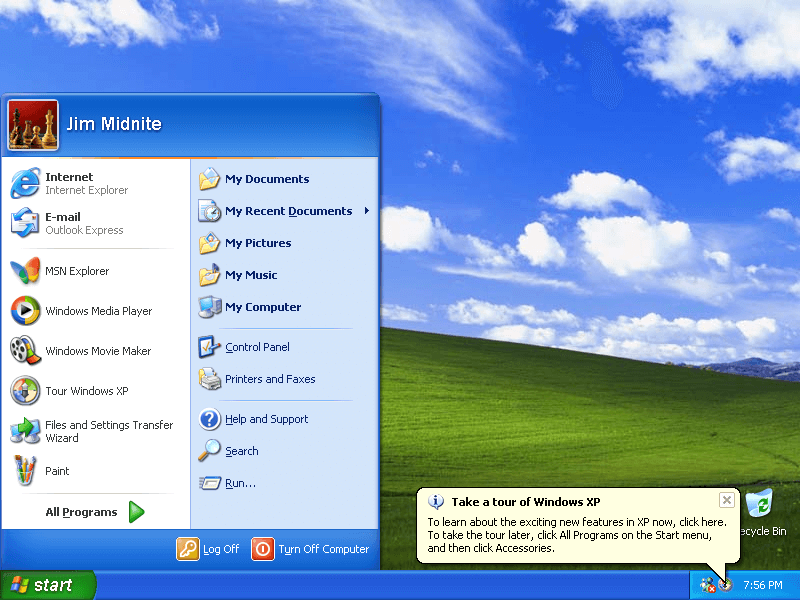
Windows XP had an extraordinary long life cycle, because of the poor reception for Vista. XP continued to be the primary operating software for many. It was the most widely used operating system until 2012 when Windows 7 surpassed it, meaning it was widely used for 11 years. It currently still holds 12% of the market making it the third most popular version of Windows currently.
Skype
Skype was first released way back in 2003. Two years later it was acquired by eBay for $2.6 million. By the time Microsoft decided to buy, they had to pay $8.5 billion. The app was known as the primary method for video chatting and also offered messenger, file exchange, and other communications.
The name comes from “Sky peer-to-peer.” It was then abbreviated to “Skyper,” but the domain names weren’t available, so the “r” was dropped and it became Skype.
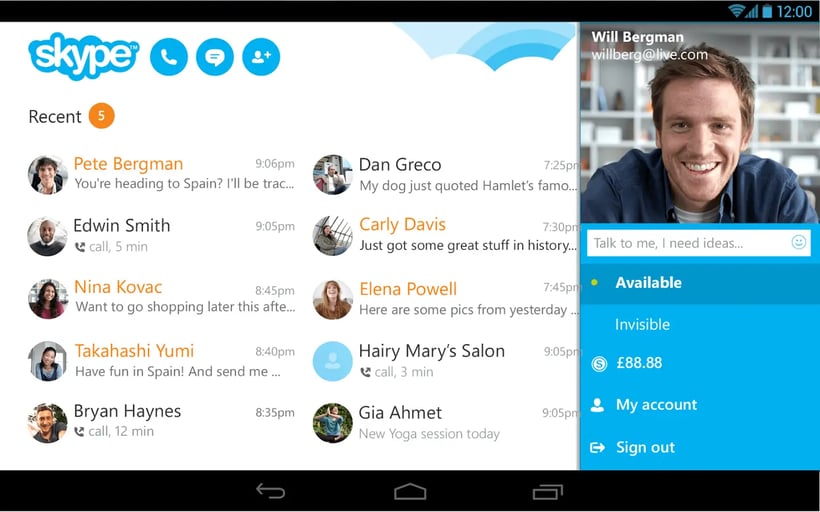
Skype’s market share of international calls has gone from 13% to 34% since being acquired by Microsoft and its number of users has gone upwards of 50 million. There were initial worries that Skype wouldn’t be worth the investment, but once Microsoft grew the service and used it to replace Windows Live Messenger and integrated it with Skype its sales grew into the billions.
Explore our Serious Insights Podcast
E2: Should I Build or Buy my App?





